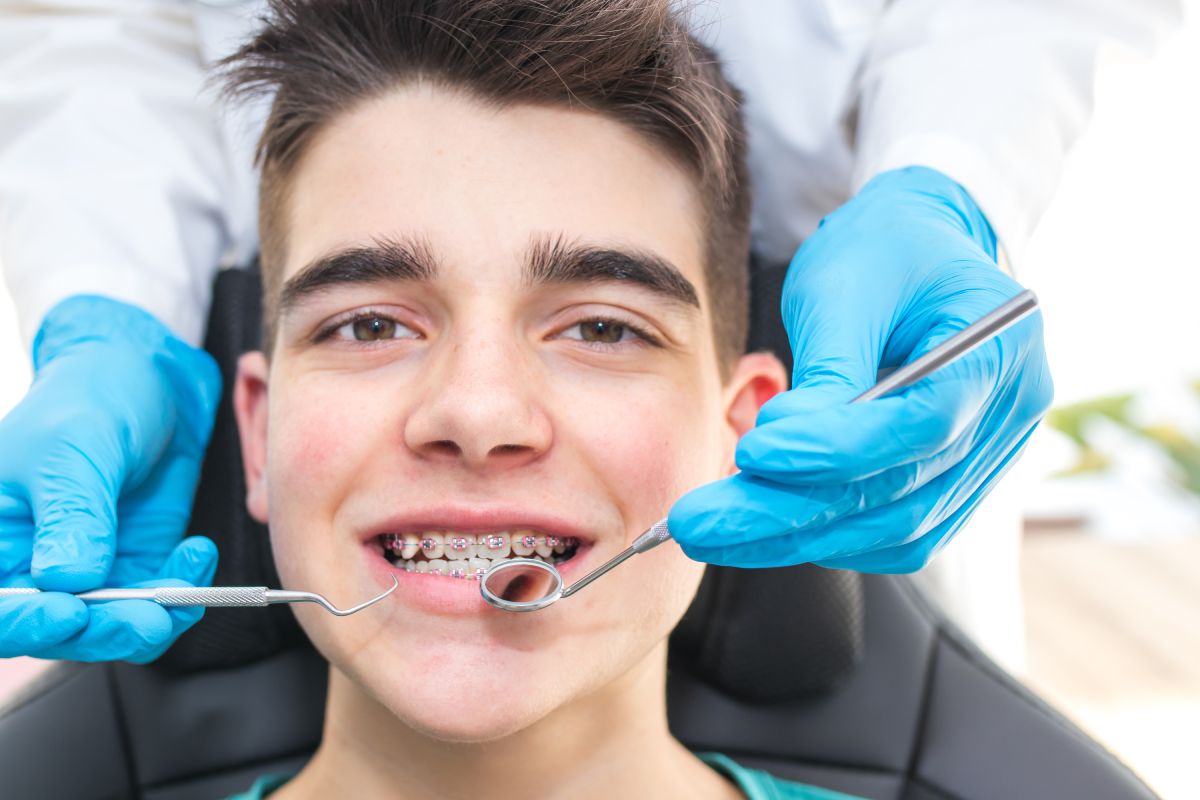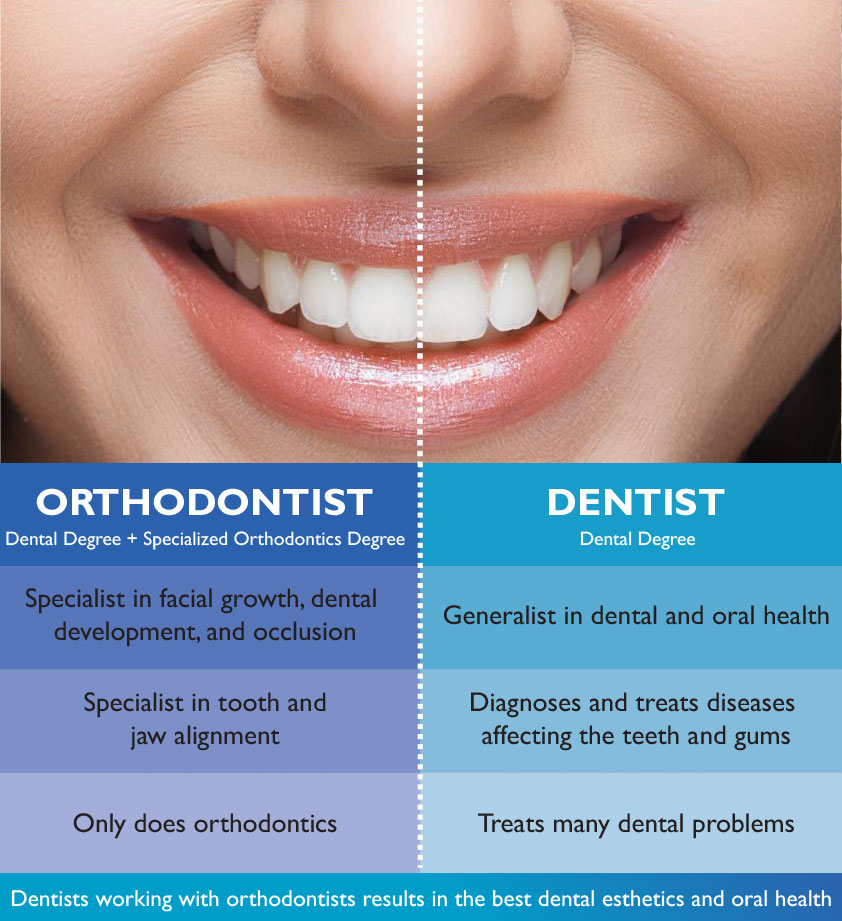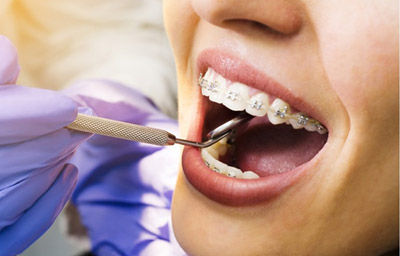How Causey Orthodontics can Save You Time, Stress, and Money.
Table of ContentsThe Ultimate Guide To Causey OrthodonticsNot known Facts About Causey OrthodonticsSee This Report about Causey OrthodonticsCausey Orthodontics - An Overview8 Simple Techniques For Causey Orthodontics
Overlooking occlusal partnerships, it was normal to remove teeth for a variety of oral problems, such as malalignment or congestion. The idea of an intact teeth was not commonly appreciated in those days, making bite connections appear unnecessary. In the late 1800s, the principle of occlusion was vital for creating trusted prosthetic replacement teeth.As these ideas of prosthetic occlusion proceeded, it ended up being a vital tool for dentistry. It was in 1890 that the job and influence of Dr. Edwards H. Angle started to be felt, with his contribution to modern orthodontics specifically noteworthy. At first concentrated on prosthodontics, he instructed in Pennsylvania and Minnesota before directing his interest in the direction of oral occlusion and the therapies required to keep it as a normal condition, thus coming to be referred to as the "dad of modern-day orthodontics".

The principle of perfect occlusion, as postulated by Angle and integrated right into a category system, allowed a change in the direction of treating malocclusion, which is any kind of deviation from normal occlusion. Having a complete collection of teeth on both arches was very searched for in orthodontic treatment as a result of the requirement for exact relationships in between them.
Examine This Report about Causey Orthodontics
As occlusion ended up being the key top priority, face proportions and aesthetics were disregarded - family orthodontics. To achieve optimal occlusals without using exterior pressures, Angle proposed that having ideal occlusion was the very best way to obtain optimum facial aesthetic appeals. With the passing away of time, it became fairly noticeable that even an exceptional occlusion was not ideal when thought about from a visual perspective
It came to be noticeable that orthodontic therapy could adjust mandibular growth, leading to the development of useful jaw orthopedics in Europe and extraoral pressure procedures in the US. These days, both useful appliances and extraoral devices are applied around the world with the aim of amending growth patterns and forms. Subsequently, pursuing true, or at the very least boosted, jaw relationships had actually come to be the major objective of treatment by the mid-20th century.
Causey Orthodontics - The Facts
 The American Journal of Orthodontics was produced for this objective in 1915; before it, there were no clinical objectives to comply with, neither any specific classification system and braces that did not have functions. Up until the mid-1970s, braces were made by wrapping steel around each tooth. With advancements in adhesives, it came to be possible to rather bond steel braces to the teeth.
The American Journal of Orthodontics was produced for this objective in 1915; before it, there were no clinical objectives to comply with, neither any specific classification system and braces that did not have functions. Up until the mid-1970s, braces were made by wrapping steel around each tooth. With advancements in adhesives, it came to be possible to rather bond steel braces to the teeth.This has had meaningful effects on orthodontic treatments that are administered frequently, and these are: 1. Right interarchal connections 2. Right crown angulation (pointer) 3.
The benefit of the design lies in its brace and archwire mix, which requires only marginal cord flexing from the orthodontist or medical professional (orthodontist expert). It's aptly named hereafter attribute: the angle of the slot and thickness of the brace base inevitably establish where each tooth is positioned with little requirement for additional manipulation
The Definitive Guide to Causey Orthodontics
Both of these systems employed the same brackets for each and every tooth and required the bending of an archwire in 3 planes for situating teeth in their preferred placements, with these bends determining ultimate positionings. When it concerns orthodontic devices, they are split into 2 types: removable and repaired. Removable devices can be handled and off by the patient as called for.

Therefore, mostly all modern set home appliances can be considered variants on this edgewise home appliance system. Early 20th-century orthodontist Edward Angle made a major payment to the globe of dentistry. He developed four distinct device systems that have been utilized as the basis for numerous orthodontic therapies today, disallowing a couple of exemptions.
4 Easy Facts About Causey Orthodontics Shown

The cable finished in a thread, and to relocate onward, an adjustable nut was used, which permitted a boost in circumference. By ligation, each individual tooth was attached to this expansive archwire (cheapest orthodontist near me). As a result of its minimal variety of activity, Angle was incapable to accomplish accurate tooth placing with an E-arch
These tubes held a firm pin, which can be rearranged at each consultation in order to relocate them in position. Referred to as the "bone-growing device", this gizmo was supposed to urge much healthier bone growth because of its possibility for moving pressure directly to the roots. Executing it proved bothersome in reality.